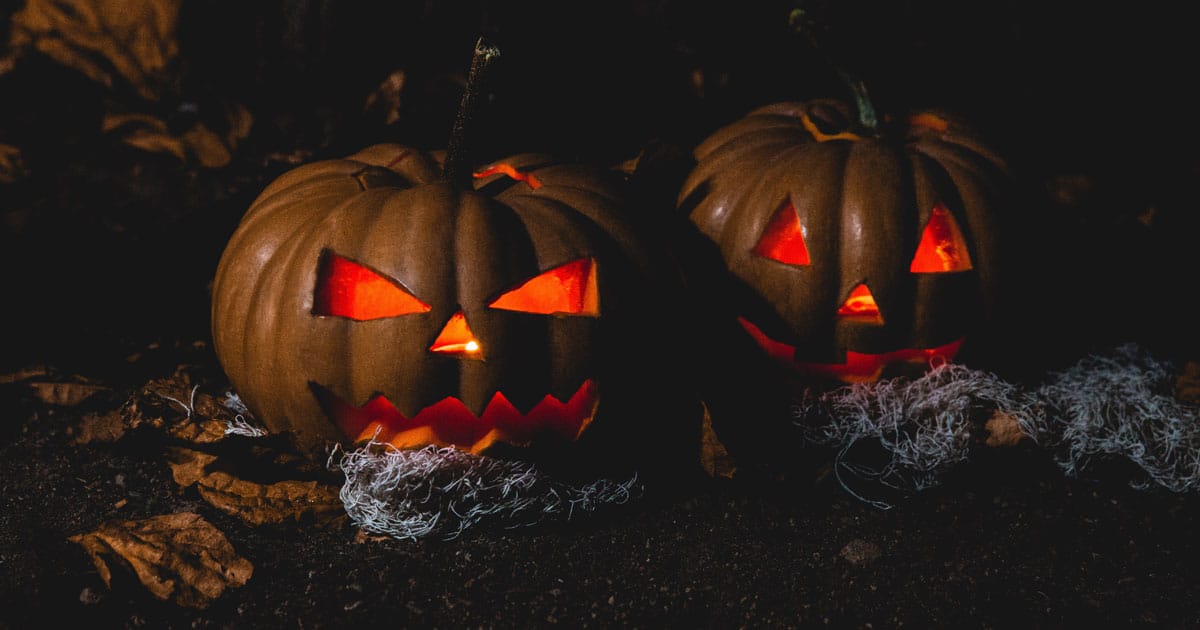Every year on October 31st, the eve of the Western Christian feast of All Hallows’ Day, the world celebrates Halloween. It begins the observance of Allhallowtide, the time in the liturgical year dedicated to remembering the dead, including saints (hallows), martyrs, and all the faithful departed souls.
Halloween activities include trick-or-treating, attending Halloween costume parties, carving pumpkins into jack-o’-lanterns, lighting bonfires, apple bobbing, divination games, playing pranks, visiting haunted attractions, telling scary stories, as well as watching horror films.

But did you know that India has several versions of Halloween apart from this? Here are four festivals celebrated across the country that celebrate the dead.
1. Bhoot Chaturdashi
West Bengal is about to celebrate its own version of Halloween on November 14 called Bhoot Chaturdashi or Narak Chaturdashi. As per the Saka era calendar, the day is observed on the 14th day of Krishna Paksha in the Hindu month of Kartik. In the north, it is celebrated as Chhoti Diwali, yet in the far east of the country, it is a day of warding off evil spirits or ghosts. Bhoot Chaturdashi calls upon the 14 forefathers who are welcomed and warded off on the same day.
Also, read: 13 Most Haunted Places In India To Visit During Halloween
Just like Halloween is the gateway between the dead and the living open, allowing the dead to crawl your streets, Bhoot Chaturdashi is a festival for dead forefathers. People light earthen lamps all around their homes to ward off the spirits of the dead. There is also another belief that this day ‘Chamunda’ (a fearsome form of Kali) along with fourteen other ghostly forms ward off the evil spirits from the house. For the same reason, fourteen earthen lamps are lit at different entrances and dark corners of the rooms to mark the same. Many Bengalis also cook and eat fourteen different kinds of leafy vegetables (Choddo Shaak) cooked together on this day.
Bengal has a history of dark magic, and so both Kali Puja and Bhoot Chaturdashi is a day when people worship the Goddess to keep their family and kids safe away from ‘tantriks’ (black magicians).
2. Odisha’s Badabadua Daka: Odia Halloween
A special #Odisha #Diwali ritual. Inviting ancestors to earth to give blessings & then guiding their way back. #BadabaduaDaka #HappyDiwali pic.twitter.com/hrzyzkpcGp
— Sharell Cook (@AboutIndia) October 20, 2017
A similar custom is followed in Bengal’s neighboring state, Odisha. On the day, Odias offer lighted sticks (Kaunriya Kathi) pointing it up to the sky for their passed away forefathers (badabadua). They ask them to come in the dark and leave in light. Special puja and offerings are also conducted for the dead. The custom is also celebrated on the 22 holy steps of Puri Jagannath Temple.
Also, read: 5 Most Haunted Places In Goa To Visit On Halloween
3. Pitru Paksha
Praying to the forefathers is quite common across India. Every year in almost all parts people celebrate Pitru Paksha, which is a sixteen-day phase wherein Hindus remember and pray to their ancestors. The last day of Pitru Paksha is the most auspicious and is known as Sarvapitri Amavasya or Mahalaya Amavasya. During this day, family members perform Shraddha (a ritual) wherein food and water are offered to the departed souls. This is done to make sure that the souls of our ancestors are looked after even after and they depart to the heavenly abode.
4. Ghost Fair
A devotee who is believed to be possessed by evil spirits cries in a state of trance at Guru Deoji Maharaj temple during…
Posted by Malajpur on Wednesday, August 7, 2013
Ghost Fair or ‘bhooton ka mela’ is an event that takes place every year in the village of Malajpur (Betul district), Madhya Pradesh. It has been in existence for the past 400 years attracting people from all over the country. This annual ghost fair goes on for nearly three weeks, and during this time, people ‘possessed’ by evil spirits and devils, flock to the village to get rid of them.
The story of Malajpur Ghost Fair dates back to the 18th century when a holy man named Deoji Maharaj, who had magical powers visited the village. As per locals, he used to feed his friends by turning soil into jaggery and stones into a coconut. Later, Deoji with his powers started controlling bad spirits and helped people who suffered from them. This became his legacy and villagers later built a temple-like structure in the village for him. The priests in the village today call Deoji their ancestor and help people getting rid of evil spirits.
Several human rights organizations have been trying to put a stop to this practice. They also claimed that most of the time, the ‘possessed’ people are mental patients, yet no concrete steps have been taken.
So, how are you celebrating Halloween this year? Have you or are you about to be part of any of the above Indian versions? Head over to Blossom Costumes for some great Halloween costumes options.

